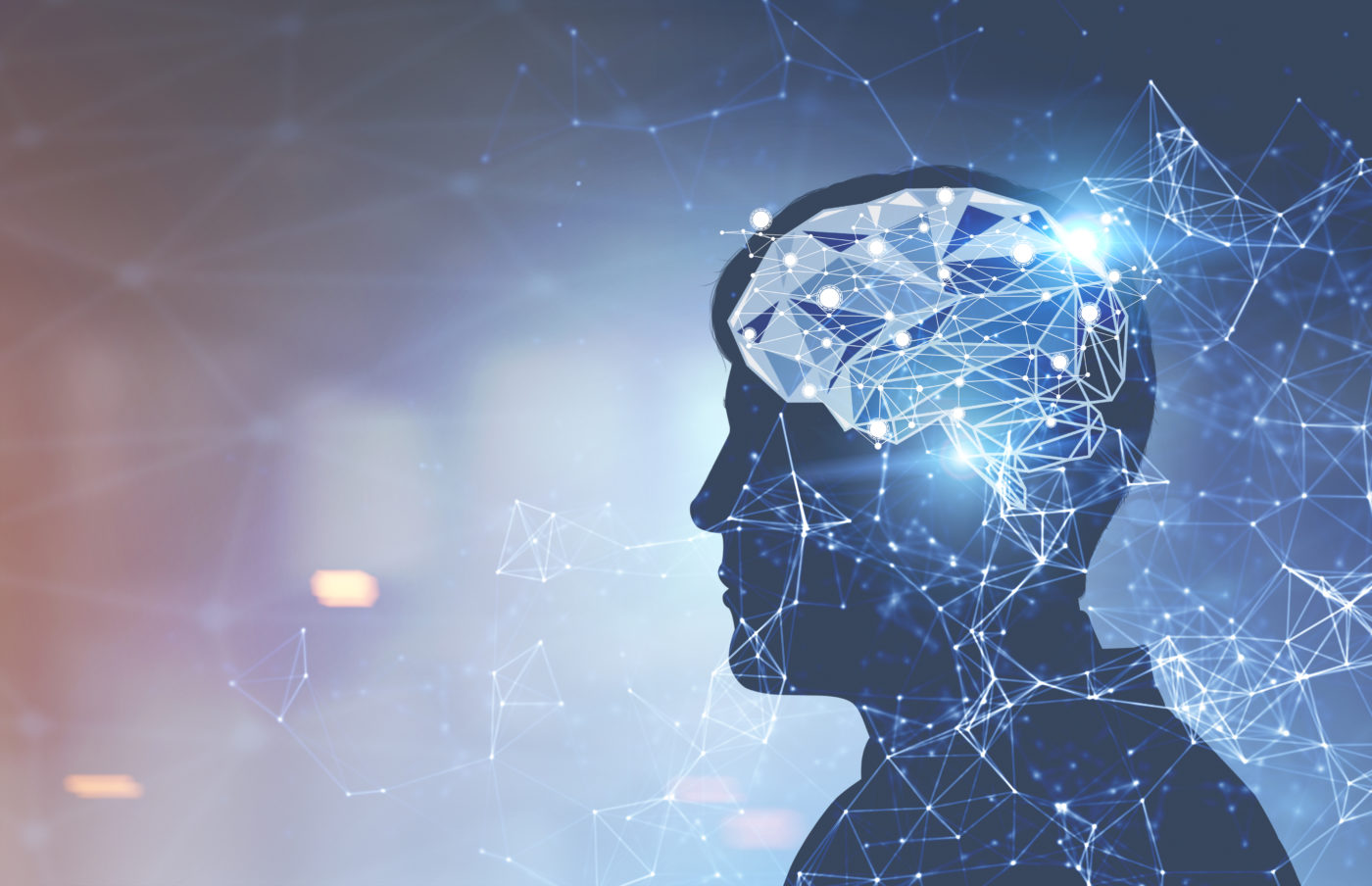
ECS Lock & Key
May 27, 2020

Last week’s post was very science heavy, but the ECS is an incredible system and we want to make sure we do it justice. The main take-away regarding the overall discussion of the ECS, other than the enormity of finding a novel network that spans the entire body, is that the ECS consists of three parts to support proper functioning: the endocannabinoids, endocannabinoid inhibitors, and receptors. To really understand the ECS we are going to take a step back from what the ECS does and instead, discuss how the ECS operates. As mentioned previously, the ECS was discovered in the early 1990s and designated as a “system.” However, it is not a “system” in the same way as the other body systems referenced below; it functions differently.
Our bodies have many systems that work together for survival; arguably some of the most important systems consist of the skeletal system (our bones), the respiratory system (our lungs), the muscular system (our muscles), the circulatory system (our heart, blood vessels, and lungs), the digestive system (stomach, intestines, colon, liver, pancreas, etc.), the endocrine system (our hormones), and the nervous system comprised of the Central Nervous System (our brain and spinal cord) and the Peripheral Nervous System, which includes the nerves that connect our brain and spinal cord with our organs, muscles, etc.
Each one of these systems above is specialized, but interestingly, the endocannabinoid “system” has a role within and between all of them. The ECS is integrated with our other systems through a network of receptors scattered throughout all the other systems. The receptors, CB1 and CB2, are found in all the most important parts of our bodies, including the brain, lungs, gastrointestinal tract, muscles, spleen, bones, skin, liver, and immune system (another important body system).

The ECS performs multiple tasks, but the primary goal is thought to be to maintain a stable environment despite fluctuations in the external environment. It is the system that creates homeostasis, or balance, within the body, playing a role in the interactions between all other systems. When an imbalance is detected within our internal environment, it is thought that the body synthesizes, or creates, endocannabinoids to aid the body in a return to homeostasis. For example, have you ever heard of a runner’s high? It is a euphoric feeling runner’s experience after completing high intensity runs or workouts. For years it was thought that the feeling of euphoria, following a long or intense run, came from an increase in endorphins. However, it turns out that some of that euphoric feeling may come from an increased level of Anandamide (AEA), one of the body’s endocannabinoids[1]. Researchers demonstrated that, in mice, wheel running increased endocannabinoid levels. They went on to discuss how the increase in endocannabinoids may be linked to a reduction of uncomfortable feelings and soreness following running and theorized that improper function of CB1 receptors would lead to changes in the mice regarding both post-running behavior and muscle soreness. To confirm their theories, scientists blocked the CB1 receptors in the mice, effectively stopping any activity, or changes that would occur following normal endocannabinoid activity. Groups with their CB1 receptors blocked did not show signs of running-induced relaxation or sedation, nor did they show signs of reduced soreness following the exercise. These researchers found evidence that the cannabinoid receptors are crucial for the main aspects of a runner’s high and the reduced level of soreness following exercise.
There are times when the body can become imbalanced and may need support from external sources in order to have an increased level of cannabinoids. Phytocannabinoids, cannabinoids from the hemp plant, may be used to support our levels and aid in our return to a balanced state. The most fascinating part is that the cannabinoids from hemp are an almost perfect fit to receptors designed for endocannabinoids made in the body. Why is this so interesting?
To understand that question we must first discuss how cannabinoids work with receptors. This process operates much like a key in a lock whereby the cannabinoids interact with the receptors by binding with the receptors that “match” their shape. The CB1 and CB2 receptors are the locks and the cannabinoid molecules, both endo- and phyto- are the keys. When the cannabinoid “key” attaches to the receptor “lock”, which is on the cell wall, a reaction is triggered resulting in an effect on the body or the brain. However, only certain keys work with certain locks. Our two endocannabinoids, Anandamide (AEA) and 2-AG have no trouble unlocking CB1 and CB2 receptors, but not all cannabinoids interact with receptors in this manner. The phytocannabinoid THC is very successful at binding to CB1 receptors (known as being a direct antagonist), and that connection causes the reported psychotropic feelings. Conversely, CBD does not directly bind to the CB1 receptor and instead works by changing the strength that other cannabinoids can have on that same receptor—either weakening or strengthening those connections and effects. Even more curious, CBD leads to an increase in the level of Anandamide by removing FAAH (the enzyme we discussed previously that breaks down Anandamide). Less FAAH equals more Anandamide.
Effects of phytocannabinoids like THC, CBG, and CBD vary widely from person to person because the ECS is like a thumbprint—unique to each person. For every person you ask about CBD, THC, or CBG, you’ll get that many responses about the benefits of one over another. Conducting further research and collecting data on how endo- and phytocannabinoids interact with the ECS will lead us to a better working knowledge of the ECS and continue to help those who rely on the benefits of cannabinoids.
Check out our next post from guest blogger Joy Beckerman, an expert in Cannabis Regulations and the new Director of Regulatory and Legal Affairs at Zilis. She’ll be discussing a high-level overview of the different States’ regulatory guidelines and why the current industry differs from state to state.
[1] Fuss, J., Steinle, J., Bindila, L., Auer, M. K., Kirchherr, H., Lutz, B., & Glass, P. (2015). A runner’s high depends on cannabinoid receptors in mice. PNAS, 112(42), 13105–13108. doi: https://doi.org/10.1073/pnas.1514996112
About Zilis’ Scientific Research & Development Department
Our Scientific Research and Development Department is headed up by Dr. Marielle Weintraub, a hemp industry expert. She holds a master’s and a PhD in Behavioral Neuroscience and is very active in many dietary supplement and hemp industry trade associations, including her role as the current President of the U.S. Hemp Authority. Dr. Weintraub is committed to the continued development of hemp-specific information and testing to fulfill the Zilis mission.
Science posts for Discover are co-researched and co-written by Kelly McGill, Senior Scientific Technical Writer at Zilis. Kelly holds a bachelor’s degree in English and a master’s in Linguistics / TESL. She has been writing science-related content for over 20 years and is an expert in making difficult concepts easy to understand.
Zilis is the creator of UltraCell™, a CBD oil product derived from hemp. Based in Argyle, Texas, a suburb of Dallas-Fort Worth, Zilis is privately held. Visit zilis.com for more information.
SHARE THIS POST
ABOUT THIS BLOG
Discover : The blog with the lifestyle, nutrition, science, and history of the hemp industry.
It’s your go-to for the most up-to-date information on hemp, CBD, dietary supplements, and more! Check it out!







